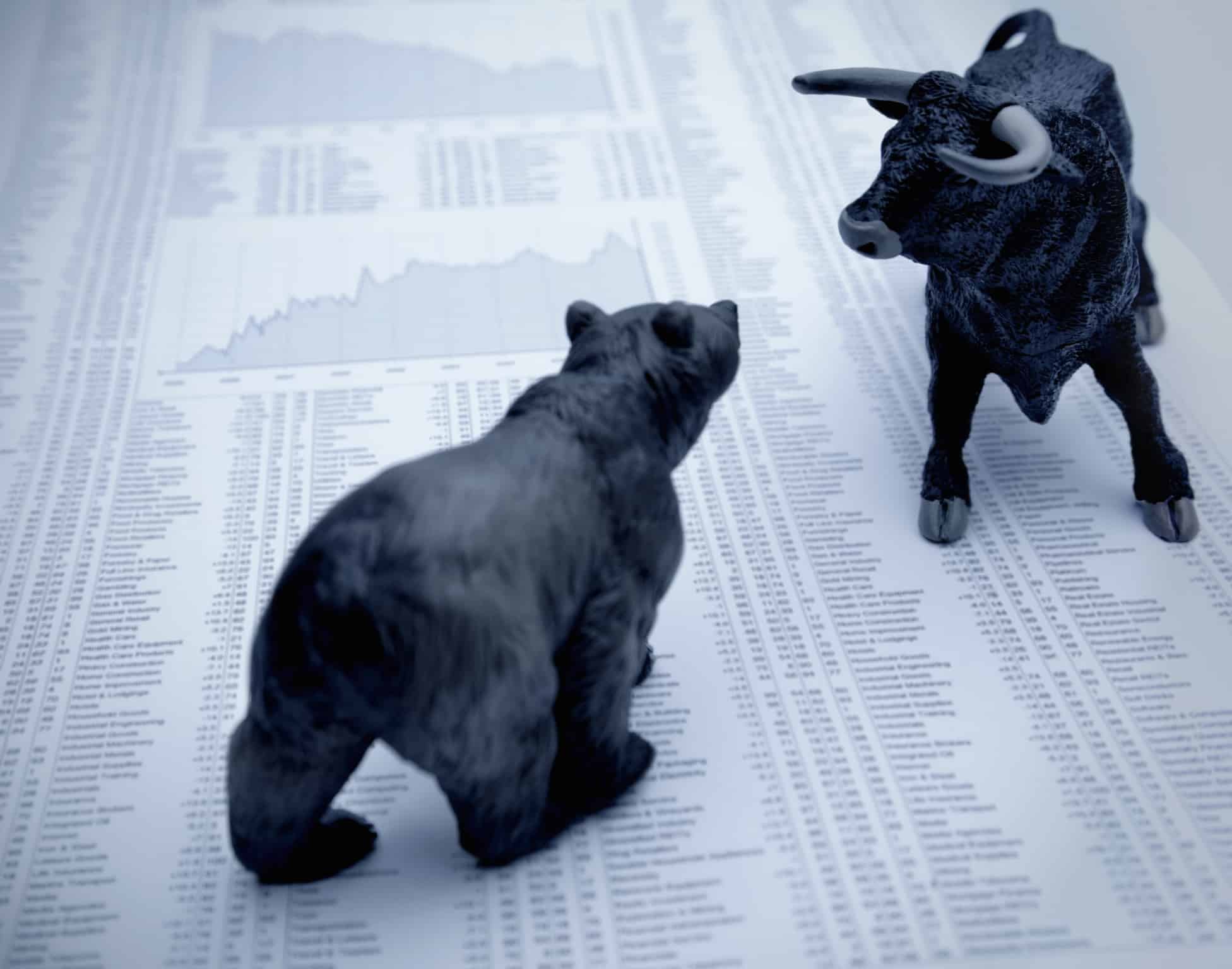There’s nowhere to hide your investments in a bear market other than increasing the allocation in risk-free investments. One defensive strategy is to invest in quality stocks with wonderful underlying businesses for the long term to ride out the market volatility.
Risk-free investments
Risk-free investments can protect your principal while providing a return. For example, you can place the money you need in the short term in high-interest savings account for interest income. You can also lock short-term capital in traditional Guaranteed Investment Certificates (GICs) for higher interest income. You can find one-year GIC rates between 5% and 6% today. Typically, the lock-in period for GICs is up to five years. However, if you expect interest rates to continue their ascent, it would be smart to stick with shorter-term GICs.
A newer form of GIC, market-linked GICs, offers a principal guarantee and stock market returns up to a percentage. However, in a bear market, it could do worse than the traditional GIC. It might also guarantee a minimum return.
Higher-risk investments
By taking higher risk in investments such as bonds and stocks, you have the potential of banking higher returns in the long run. Bond prices move inversely to interest rate changes. So, you can consider buying bonds when interest rates start to fall. Bonds with a long term to maturity are most sensitive to interest rate changes.
Some investors maintain a balanced portfolio of bonds and stocks for the long term. In such a portfolio, they’re likely to hold bonds with different terms to maturity (or bond exchange-traded funds) and preferred stocks as a part of the fixed-income portion of their diversified portfolios.
Dividend stocks that pay safe and ideally growing dividends are typically lower risk than stocks that pay no dividends. In a bear market, investors might feel more comfortable holding higher-yielding stocks with dividend yields of at least 4%.
In a bear market, for your riskier capital, you can consider investing in banking leader Royal Bank of Canada (TSX:RY). The big Canadian banks are some of the most profitable businesses in Canada. They are also recognized as some of the soundest banks in the world. In particular, Royal Bank has delivered resilient business performance through economic cycles.
RBC is more defensive than its peers as the stock has been more resilient compared to the industry. A part of the bank’s resilience comes from its diversified business mix, which consists of a substantial wealth management business on top of its personal and commercial banking segment.
At $122.74 per share at writing, analysts believe the top bank stock trades at a slight discount of close to 10%. At this quotation, it also offers a safe dividend yield of almost 4.4%.
In the past 10 fiscal years, RBC increased its adjusted earnings per share by 8.5%. Being conservative, assuming a 6% earnings growth rate and no valuation expansion, the stock can deliver annualized returns of about 10%. In a bear market, long-term investors who are conservative should seek buying opportunities on dips for greater returns potential.
Source link
credite

